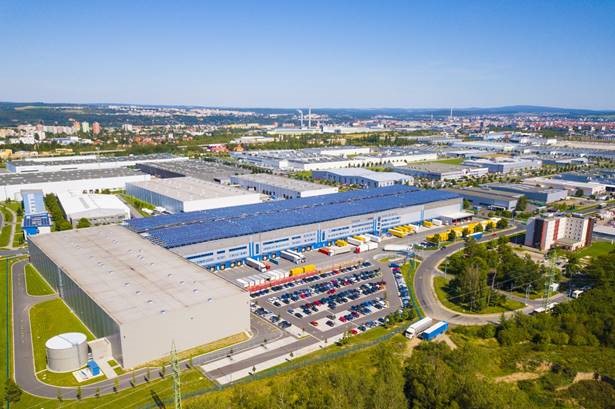Background
It is clear that through advances in small scale renewable energy generation and storage, the energy sector has changed forever, and more specifically that a centralised energy system is no longer suited as the basis for a city or a nation’s energy supply system. The Intergovernmental Panel on Climate Change (IPCC) has identified that of all sectors the industry sector is the one that lags most in terms of efforts to reduce GHG emissions and in seeking low emissions energy alternatives. While the residential sector has seen a strong and rapid uptake of photovoltaic panels on rooftops in the last decade, especially in Australia, the uptake has been much slower on commercial and industrial buildings and estates. A key distinction with typical residential installations is that industrial and commercial businesses often gather in industrial precincts that can have their own electricity distribution network, referred to as an ‘Embedded Electricity Network’ (EEN). This network is typically privately managed and connected to the public grid with the precinct owner owning the infrastructure and an ‘Embedded Network Operator’ managing the operation of the network.
A typical approach is for the owner of the network to discourage, and even block its tenants from installing solar panels in order to protect retail margins from selling electricity to its precinct energy customers. In this case, if solar is introduced, then it is typically owned by the embedded network operator and installed in a central location where it is used to offset part of the electricity imported into the precinct from the public grid. This approach is tailored to the owner’s advantage, with little benefits for the tenants (e.g. minor reduction of energy bills, access to slightly cleaner electricity). This particular approach is a key reason for the slow uptake of solar in industrial and commercial precincts, however, this is changing with tenants of such precincts becoming more interested in cutting energy costs and being directly involved in energy generation, which is now causing tension with precinct owners and embedded network managers. Hence the research project sought to investigate innovative business, ownership and governance models that could enable the accelerated uptake of onsite solar energy generation in embedded electricity networks while delivering multiple outcomes to all involved.
Industry Outcomes
The main conclusion to the analysis is that a do-nothing, or business-as-usual, position is not a viable long-term option as whatever option is taken to protect this position will result in more pressure on margins in the energy business and negative impact on the property business. The findings of the project suggest that embedded network operators have the opportunity to adapt their energy business to align to tenants’ expectations while improving the value proposition of the network. This approach is also likely to enhance property development interests by assisting to attract premium tenants with above-standard energy supply (equity, affordability, reliability and flexibility).
Despite initial concerns, the findings of the research suggest that allowing industrial precinct tenants to generate their own renewable onsite energy may not affect energy-related revenues significantly. However, careful consideration must be made of how this is undertaken. The configuration of customer-financed and owned rooftop solar appears to be the best option for embedded networks to transition to solar, supported by a precinct-scale energy storage system that is used initially for smoothing purposes and is network operator owned and customer-financed. Indeed, unlike most infrastructure assets which are underutilised much of their life, energy storage systems are modular and can be gradually scaled. Moreover, they can also be used for other economic and value-creating purposes.
Documents for Downloading
The following documents provide additional detail regarding this current research, including project outcomes to date:
Industry Reports
Industry Report –Sustainable Built Environment National Research Centre 1.24 Greening the Built Environment – Zero Carbon Airport Precincts
Project 1.24b – Zero Carbon Airport Precincts (Oct 2020)
While the residential sector has seen a strong and rapid uptake of photovoltaic panels on rooftops in the last decade, especially in Australia, the uptake has been much slower on commercial and industrial buildings and estates. This research focuses on how commercial and industrial precincts fitted with an embedded electricity network can cost-effectively transition to onsite renewable energy generation and storage, based on findings from a case study of Perth Airport supported by renewable energy specialists Balance Utility Solutions.
Previous Research
Project 1.24 – A Roadmap for Carbon Structural Adjustment in the Built Environment Sector




